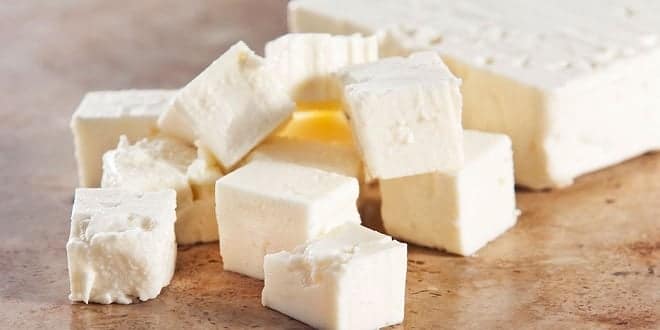Cheese Making
Cheese making
Introduction
• Cheese is a generic term for a diverse group of milk- based food products. Cheese is produced throughout the world in wide-ranging flavours, textures, and forms.
• Cheese consists of proteins and fat from milk, usually the milk of
cows, buffalo, goats, or sheep. It is produced by coagulation of the milk protein casein.
Objective of cheese making
To obtain the optimum cheese composition with respect to moisture, acidity (pH), fat, protein and minerals (especially calcium)
Establish the correct structure of the cheese at the microscopic level; and
Ripen to perfection. Grouped according to texture and basic manufacturing procedures there are seven families of cheese.
First Step
• Milk from the evening milking is allowed to stand overnight. By natural processes, this milk will have partially separated during its overnight standing period. The cream is skimmed off, and the partially skimmed milk is combined with whole milk from the morning milking.
Second Step
The milk is gradually heated to 30 to 35 C (86 to 95 F) before acidification and coagulation.
Step 3
• Acidification: Starter culture is added to milk to change lactose (milk sugar) into lactic acid. This process changes the acidity level of the milk and begins the process of turning milk from a liquid into a solid.
Starter culture
• Fermentation starters (called simply starters within the corresponding context) are preparations to assist the beginning of the fermentation process in preparation of various foods and fermented drinks. A starter culture is a microbiological culture which actually performs fermentation.
Step 4
Coagulation: Rennet is added to further encourage the milk to solidify , forming a custard -like mass. rennet
• .Rennet An enzyme used to coagulate milk during the cheese making process. Rennet is derived from one of four sources: the stomach lining of a young calf (the enzyme rennin is found in the stomach lining of animals because it aids in the digestion of their mother’s milk)
• plants (typically thistle)
• microbes in fungus and yeast
• Genetically engineered rennet that imitates animal rennet.
Step 4
Cutting:- It’s then cut into small pieces to begin the process of separating the liquid (whey) from the milk solids (curds).Large curds are cooked at lower temperatures , yielding softer cheeses like Mascarpone and Ricotta. Curds cut smaller are cooked at higher temperatures, yielding harder cheeses like Gruyere and Romano
Step 5
Stirring, Heating & Draining:- Cheese makers cook and stir the curds and whey until the desired temperature and firmness of the curd is achieved. The whey is then drained off, leaving a tightly formed curd.
Here you can see the cheese maker taking some of the whey out of the vat.
Step 6
• Salting: Salt adds flavour and also acts as a preservative so the
cheese does not spoil during long months or years of ageing. It also
helps a natural rind to form on the cheese. There are several ways to use salt. Salt can be added directly into the curd as the cheese is
being made. The outside of the wheel of cheese can be rubbed with salt or with a damp cloth that has been soaked in brine. The cheese
can also be bathed directly in vat of brine. Concentrated brine. adding the salt directly into the drained curd
Step 7
Curd Transformation
Different handling techniques and salting affect how the curd is transformed into the many cheese varieties made.
• Shaping:
Step 8
The cheese is put into a basket or a mold to form it into a specific shape. During this process, the cheese is also pressed with weights or a machine to expel any remaining liquid. Pressing determines the characteristic shape of the cheese and helps complete the curd formation. Most cheeses are pressed in three to 12 hours, depending on their size.
Step 9
Ripening: Referred to as affinage, this process ages cheese until it
reaches optimal ripeness. During this process, the temperature and humidity of the cave or room where the cheese ages is closely monitored. For some cheeses, ambient molds in the air give the cheese a distinct flavour. For others, mold is introduced by spraying it on the cheese (brie) or injecting it into the cheese (blue cheese). Some cheeses must be turned, some must be brushed with oil, and some must be washed with brine or alcohol.
Aging should take place in a controlled environment. Different cheeses required different temperatures and humidity’s, however in a small refrigerator temperature is kept at 55°F and 85% humidity. During aging , the cheese should be rotated or flipped periodically to prevent moisture from settling in the cheese and to prevent an inconsistent internal consistency.
…



